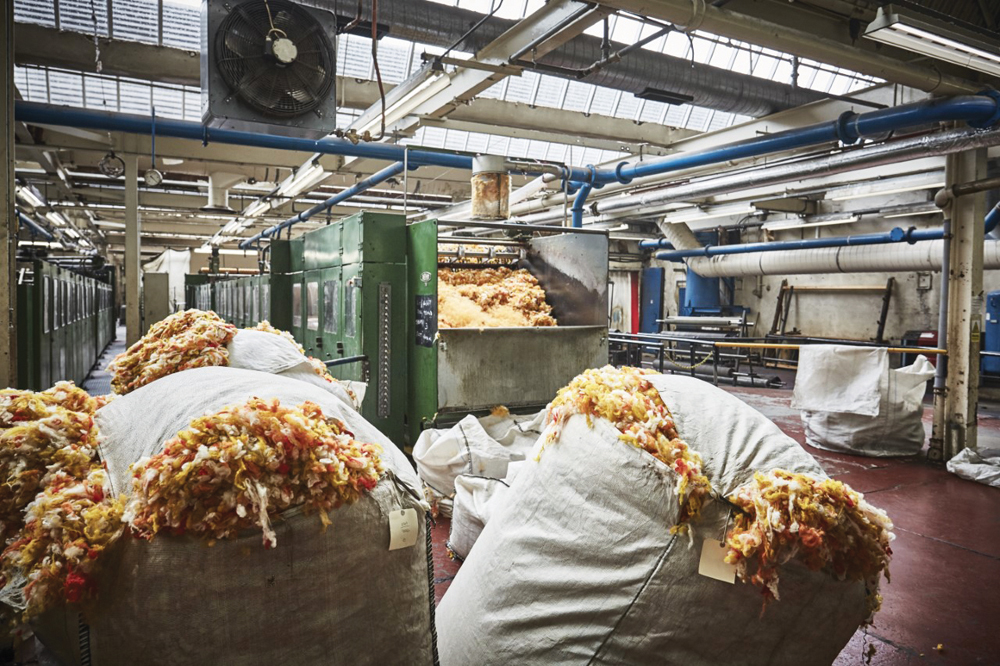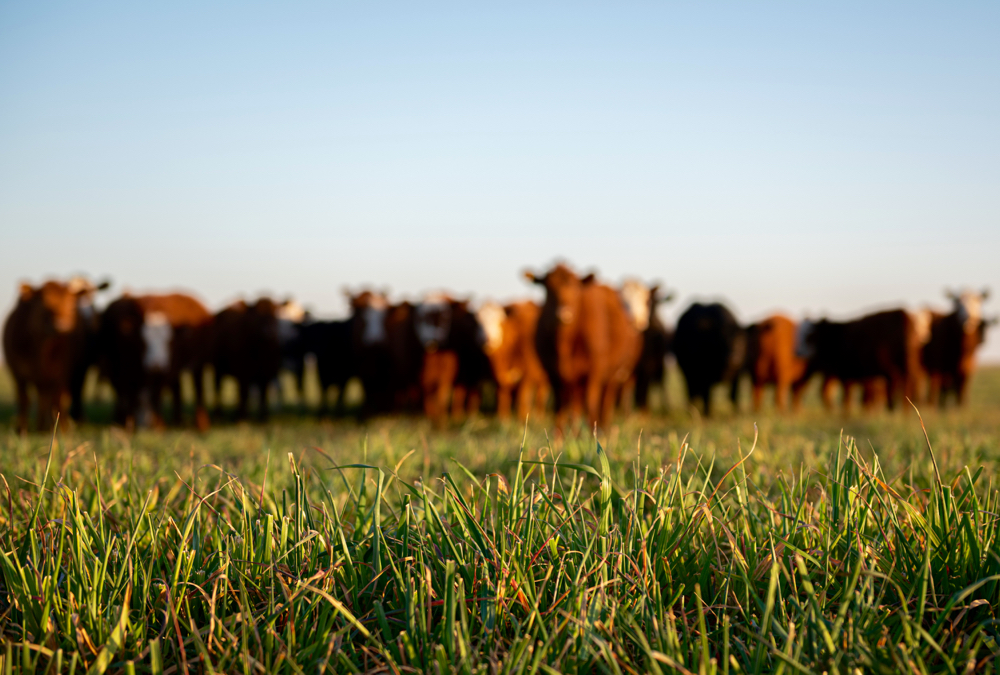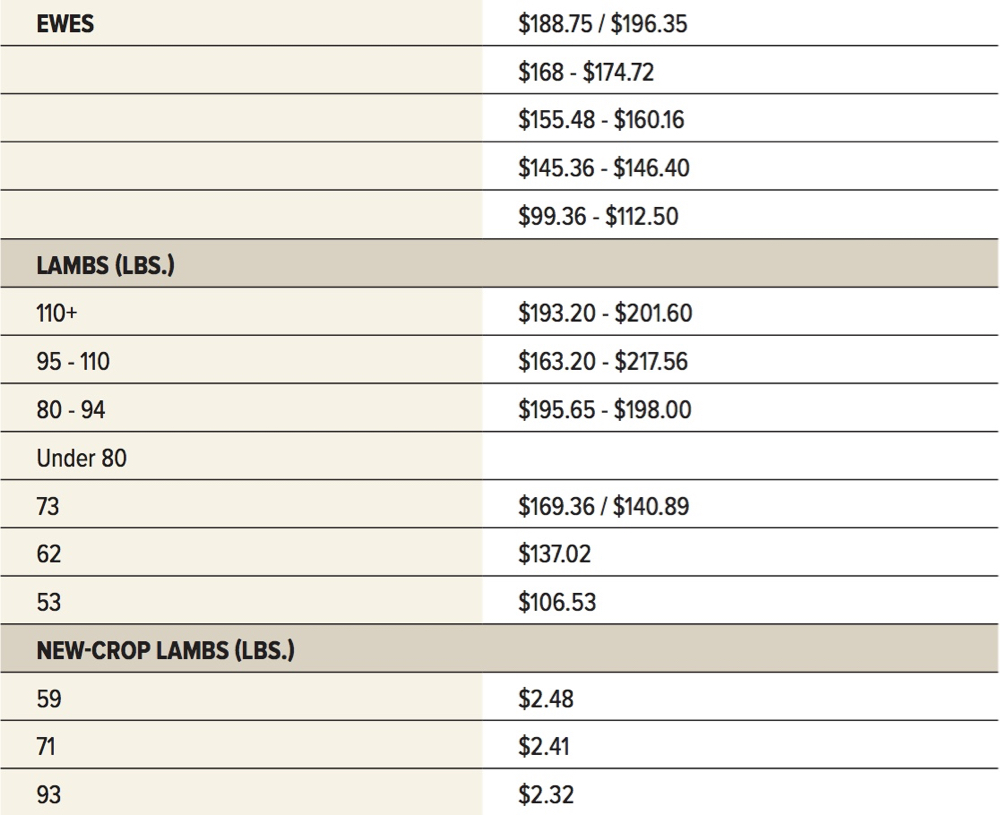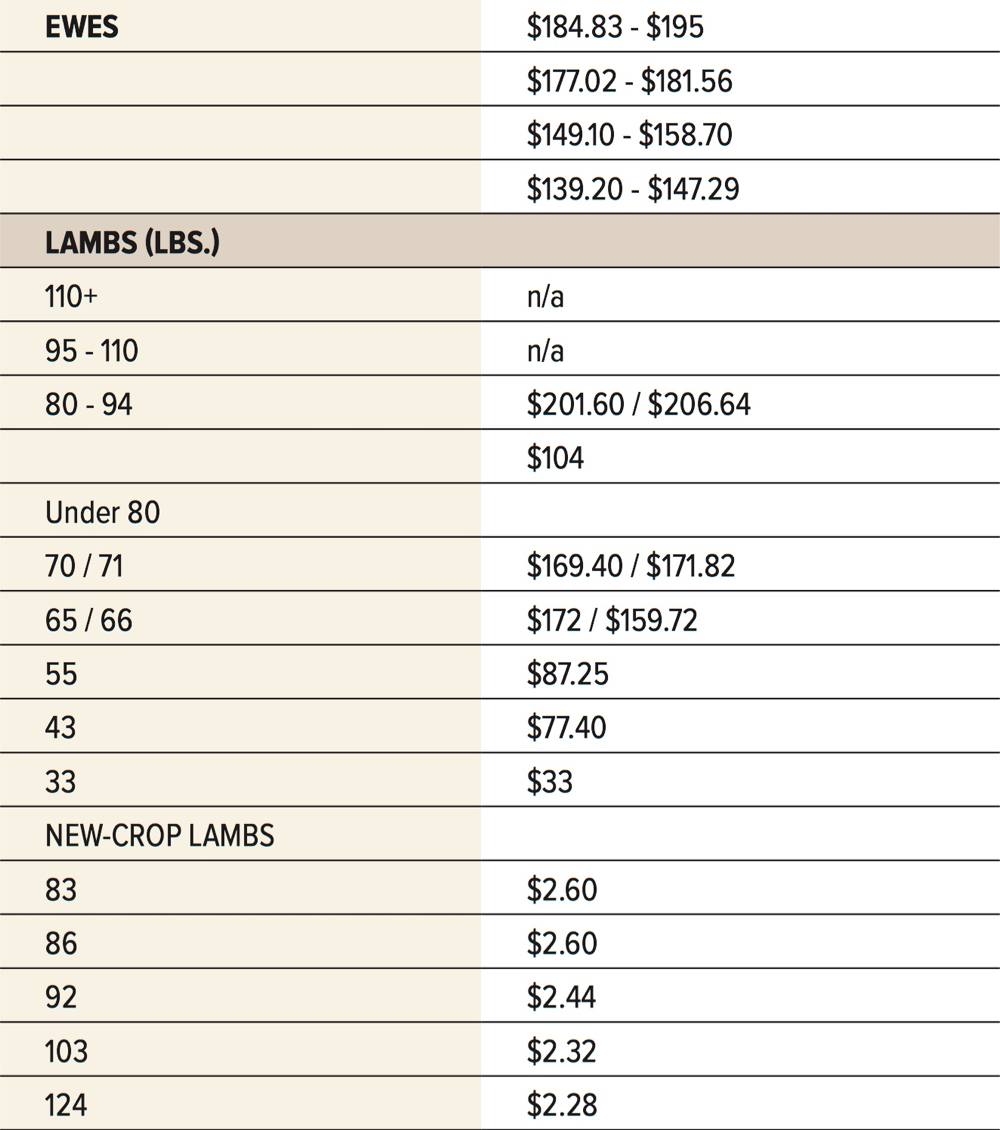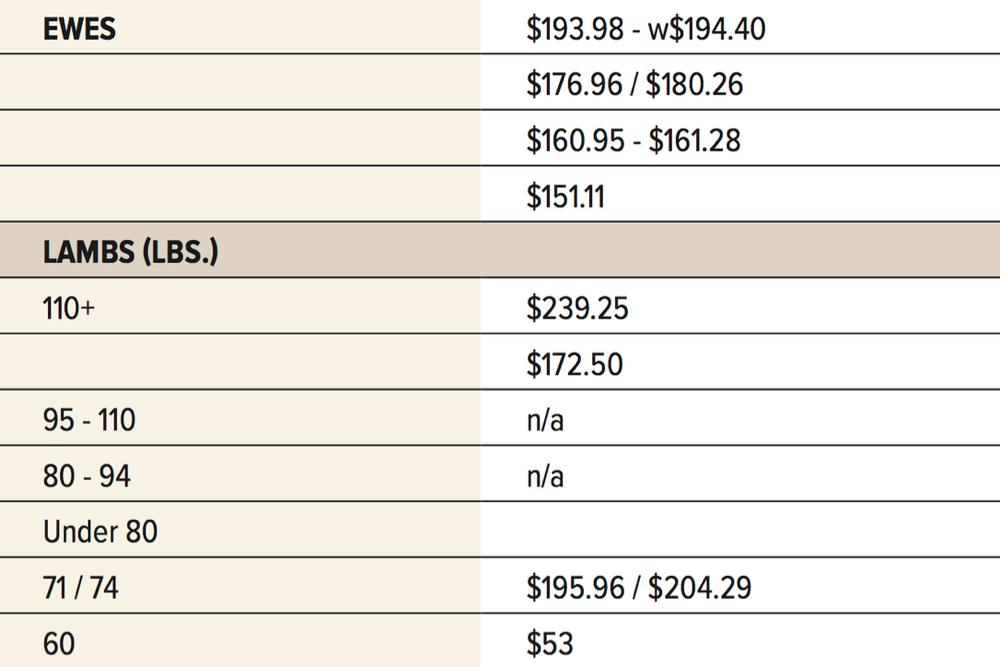There was a distinct chill in the air at the Nov. 7 sheep and goat sale at Winnipeg Livestock Auction, but that cooling trend didn’t extend to the sales ring.
There the action was heating up as producers looked to reduce herds with an eye to managing winter feed costs after a long and dry summer.
Quality of animals on offer was affected by this culling trend, and selective buyers weren’t going to be swayed by the quantity of animals.
 In the sheep sale, buyers were interested in quality ewes for future herd purposes, which sparked higher prices compared to the last sale, with only quality ewes seeing high bidding. There appeared to be no price differences between wool and hair ewes. A combination of young ewes and quality were what sparked strong buyer bidding. The real heavy ewes received $0.76/lb., compared to the average price range of $0.85 to $1/lb. Cull ewes had difficulties to find any proper value.
In the sheep sale, buyers were interested in quality ewes for future herd purposes, which sparked higher prices compared to the last sale, with only quality ewes seeing high bidding. There appeared to be no price differences between wool and hair ewes. A combination of young ewes and quality were what sparked strong buyer bidding. The real heavy ewes received $0.76/lb., compared to the average price range of $0.85 to $1/lb. Cull ewes had difficulties to find any proper value.
Read Also

Critical growing season is ahead for soybeans
What the weather turns out to be in the United States is going to have a significant impact on Canadian producers’ prices
Hair rams dominated this class. The price ranged from $0.81 to $0.94/lb., although a 145-pound Katahdin-cross ram brought $1.09/lb.
The selection for heavyweight lambs was very limited for the local buyers. The eastern market is holding back the heavy lambs in this class.
The market lambs showed a decline in the bidding. The average price ranged from $1.50 to $1.66/lb. An exception was five 106-pound Suffolk-cross lambs which brought $1.70/lb. The buyers noticed these lambs immediately upon entering the arena.
Feeder lambs were well represented for this sale. Overall, certain groups of hair lambs could not maintain the average range from $1.30 to $1.39/lb. An exception were two groups of Katahdin-cross lambs reaching $1.62/lb. The average price for the wool feeder lambs was $1.62 to $1.79/lb. However, even high-quality feeder lambs created another range from $1.80 to $1.86/lb.
The lightweight 70-plus lambs maintained the average price range from $1.64 to $1.79/lb. Quality kept the buyers interested in these lighter lambs.
There appeared to be a price difference between the wool and hair 60-plus lambs. The wool lambs brought an average from $1.60 to $1.76/lb., while the hair lambs brought $1.42 to $1.55/lb.
The buyers were truly not interested in the 50-plus lambs, though a group of five 52-pound Cheviot-cross lambs brought $1.73/lb. as they were very well developed and quite noticeable. Another group that brought some serious bidding were four 55-pound Rideau-cross lambs that brought $1.68/lb.
The very lightweight lambs had negligible interest from the buyers. The auctioneer had his hands full to squeeze any bids. The only benefit was that there were only a few at this sale. Even the occasional local buyers were not bidding.
During the goat sale, buyers were already looking forward to the spring kidding season, with purchases of goat does solidly on the agenda. The importance of having breeding goat does caused buyers to overlook issues of age and quality at this time.
There was a wide range of Boer-cross bucks that showed a variety of characters upon entering the arena. A 160-pound Boer-cross buck showed off his fancy appearance with his prancing behaviour while in the arena. A 120-pound Boer-cross buck made it clear that he would control half of the arena and the ringmaster could walk around in the other portion. But he was sure that line was not to be crossed at any time. A true challenger buck.
The usual exciting bidding from the buyers on the goat kids was missing. The bidding was not as strong as usual, producing much lower prices on all the goat kid weights and breeds. Quality did bring higher prices.
The Ontario Stockyard Report showed that the supply of sheep and goats were noticeably lower than many of the other sales. Even with limited supply, there was no major price bidding. Sales were only average for that day.









